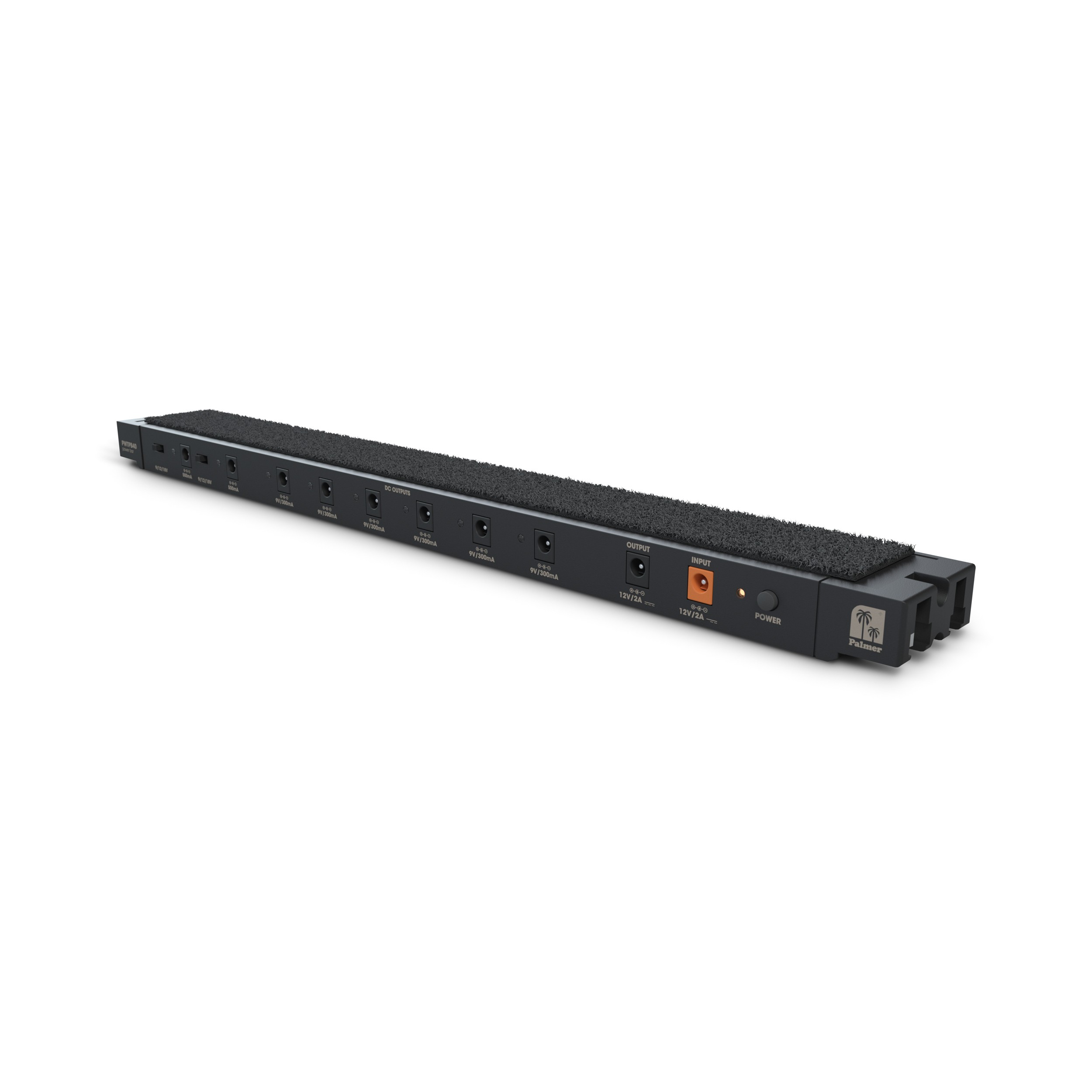Hi all,
been a huge fan of the Noble DI but never wanted to spend 2k and wait a year for the real deal to be shipped to Europe, so when I saw the Nobelium I immeadiately had to order the PCB and build it.
Was successful and I truly believe this thing has great potential but I noticed an issue which I wonder if it is a problem with the (power supply) design or just an issue I have.
There is a huge 50kHz issue with my build in the audio path (its not audible since its far greater than 20kHz) but I think it steals internal audio headroom making it sound worse than it could. It depends on the low voltage supply and is substantially worst at 12V supply compared to 9V.
Attached is my oscilloscope screenshot measuring the output jack voltage with no bass plugged into the input. Does anyone else see this 50kHz wave with their builds and is this hence a general issue presumably caused by the power supply design here?
Thanks.
been a huge fan of the Noble DI but never wanted to spend 2k and wait a year for the real deal to be shipped to Europe, so when I saw the Nobelium I immeadiately had to order the PCB and build it.
Was successful and I truly believe this thing has great potential but I noticed an issue which I wonder if it is a problem with the (power supply) design or just an issue I have.
There is a huge 50kHz issue with my build in the audio path (its not audible since its far greater than 20kHz) but I think it steals internal audio headroom making it sound worse than it could. It depends on the low voltage supply and is substantially worst at 12V supply compared to 9V.
Attached is my oscilloscope screenshot measuring the output jack voltage with no bass plugged into the input. Does anyone else see this 50kHz wave with their builds and is this hence a general issue presumably caused by the power supply design here?
Thanks.







